April 26, 2024
Coast-to-coast: San Francisco to Savannah (Part 26)
By Simon J. Lau
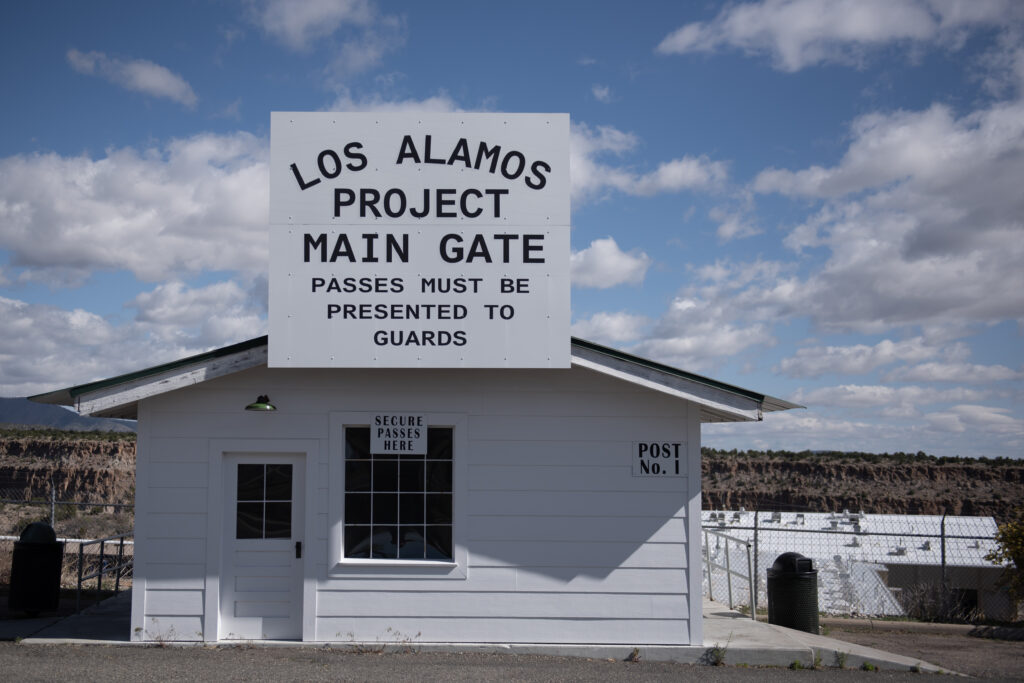
This morning we visited Los Alamos, the birthplace of the Manhattan Project. Established in 1942 as a secret research facility, it played a pivotal role in the development of the atomic bomb, which ultimately led to the end of the WWII. The brightest scientific minds of the time were recruited to work on the Project, leading to groundbreaking discoveries in nuclear physics. Following the war, Los Alamos continued to be at the forefront of nuclear research and weapons development during the Cold War era. Today, the Los Alamos National Laboratory, established in the aftermath of the Manhattan Project, remains one of the foremost research institutions in the world, focusing on national security, science, and technology.
Many of the historical buildings that supported the staff and families during the war effort have mostly been demolished. However, a handful of structures remain. Below are a few of them.
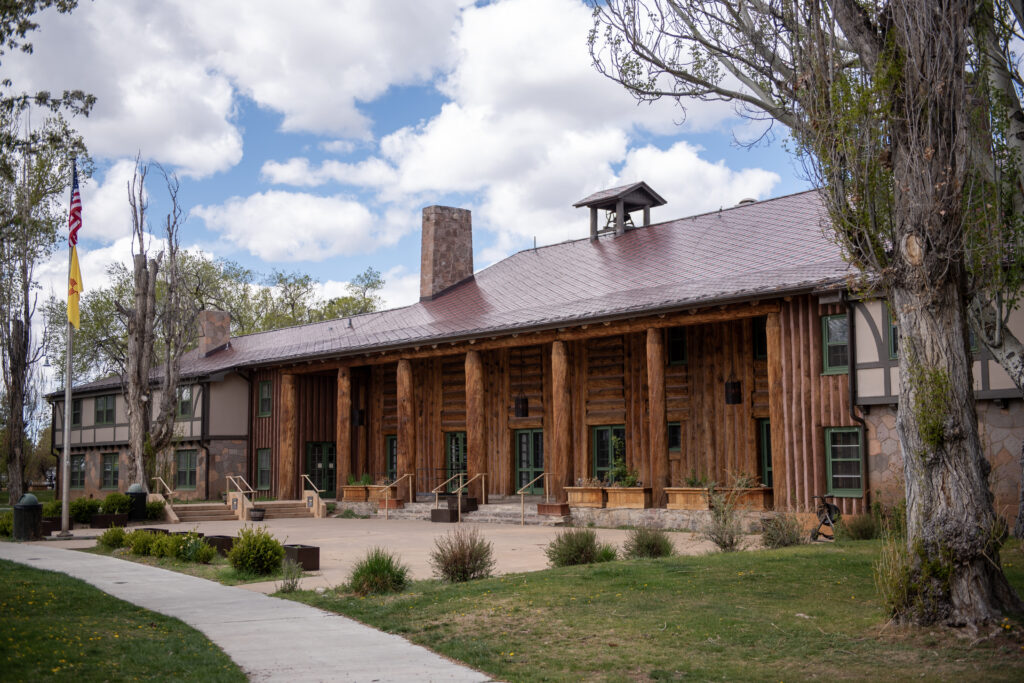
“Fuller Lodge was built in 1928 as the dining hall for the Los Alamos Ranch School*. During Project Y**, the Lodge hosted community activities for lab employees.”
*The Los Alamos Ranch School, founded in 1917, was a pioneering institution in outdoor education. The school gained historical significance during WWII when it was requisitioned by the U.S. government for the top-secret Manhattan Project.
**Project Y was the code name used during WWII for the Los Alamos Laboratory.
Caption courtesy of the National Park Service (U.S. Department of the Interior) from the Los Alamos Downtown Historic Sites Walking Tour pamphlet (2024).
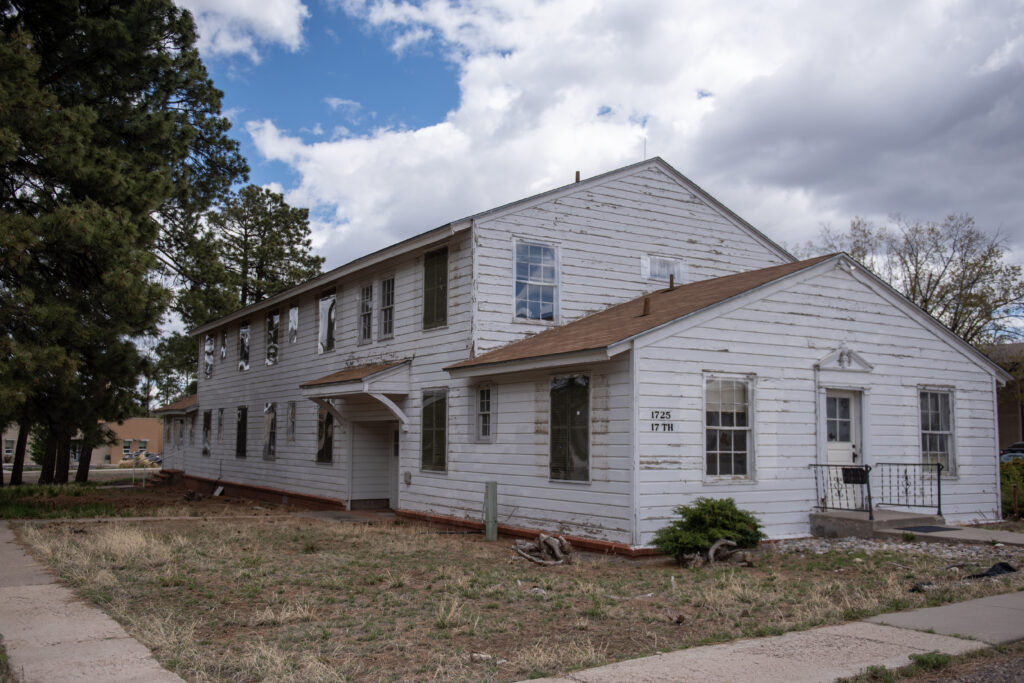
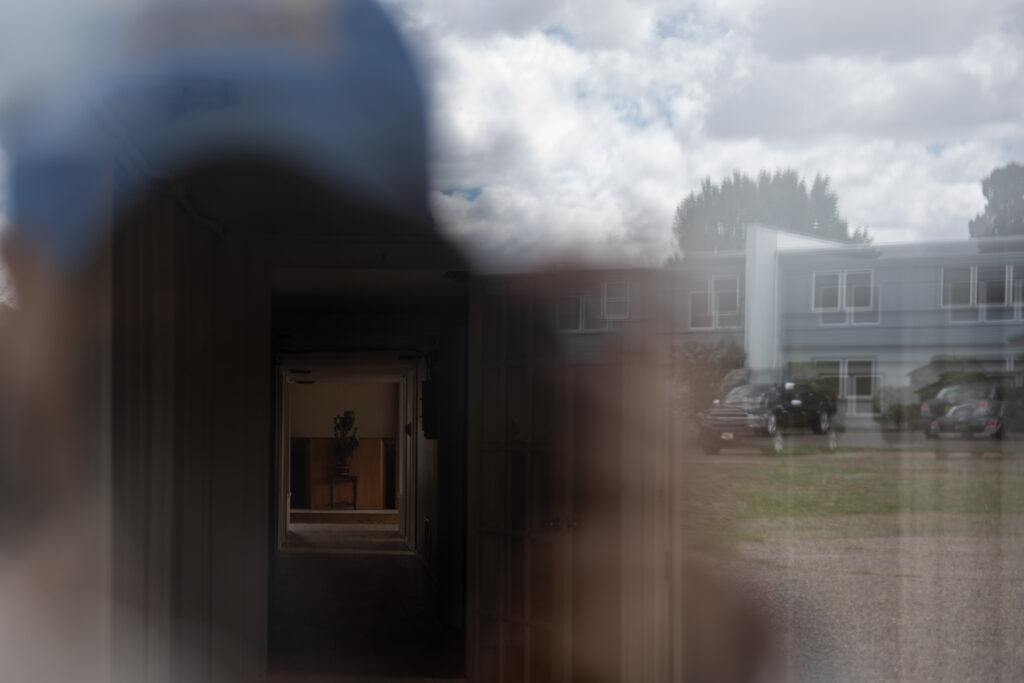
“This dormitory housed some of the women’s army corps staff stationed [in Los Alamos]. Now it is the privately-owned Christian Science Reading room.”
Caption courtesy of the National Park Service (U.S. Department of the Interior) from the Los Alamos Downtown Historic Sites Walking Tour pamphlet (2024).
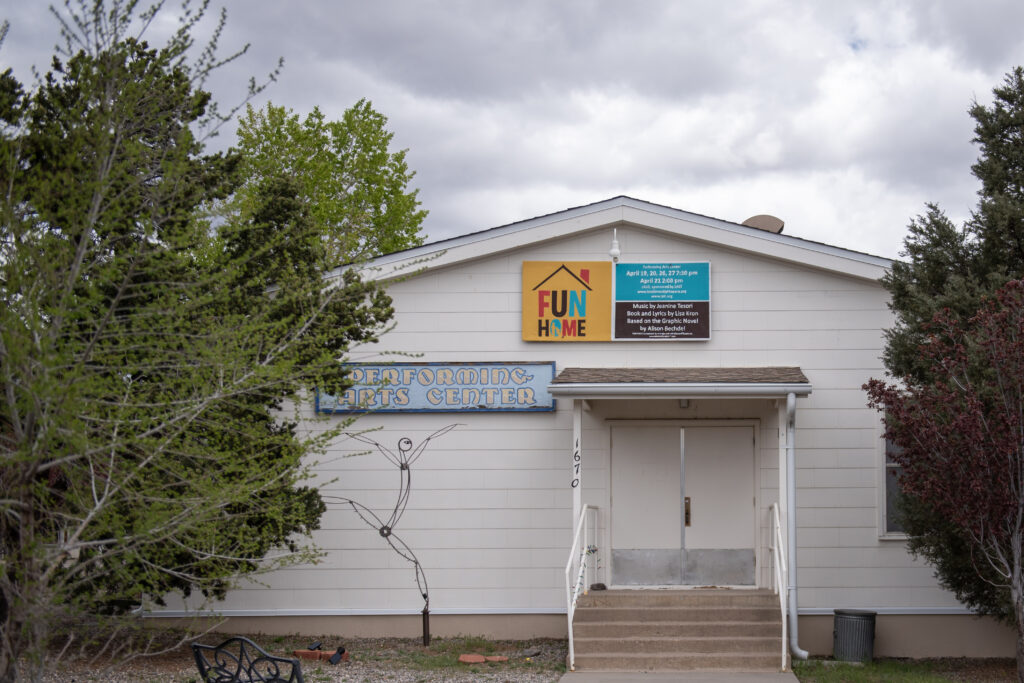
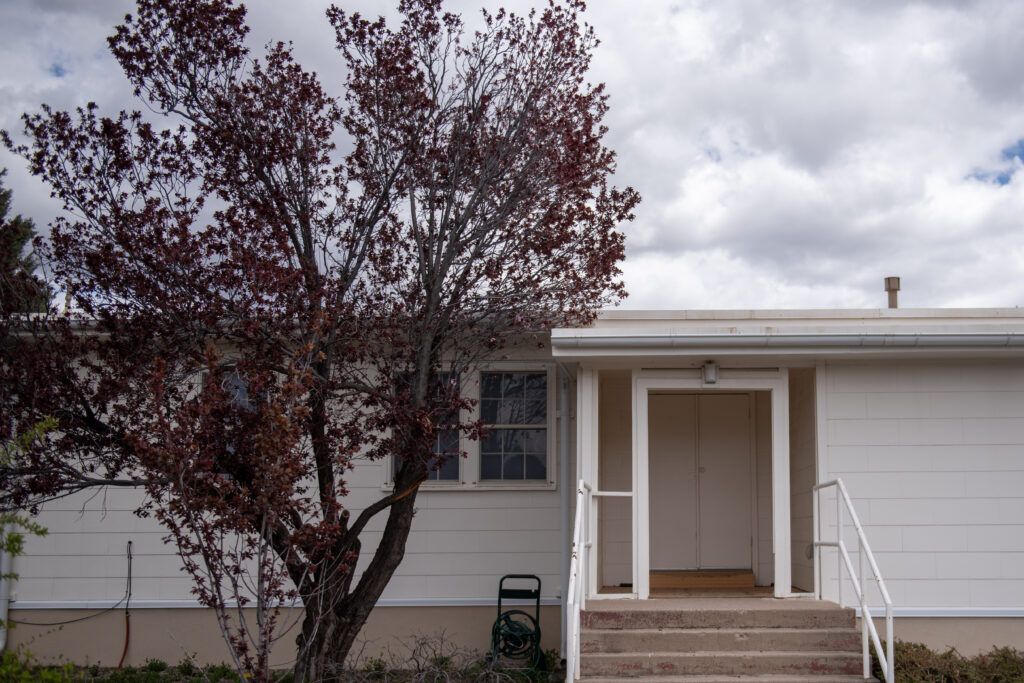
“This building was the favorite mess hall for the military members of the Project. Now it is the Los Alamos Performing Arts Center.”
Caption courtesy of the National Park Service (U.S. Department of the Interior) from the Los Alamos Downtown Historic Sites Walking Tour pamphlet (2024).

“Dr. J. Robert Oppenheimer, scientific head of the Manhattan Project, and Gen. Leslie Groves, military head of the Project.”
Caption courtesy of the National Park Service (U.S. Department of the Interior) from the Los Alamos Downtown Historic Sites Walking Tour pamphlet (2024).
I may be one of the few people who has not yet seen Oppenheimer. However, after visiting Los Alamos today and seeing where the atomic bomb was designed, I’ve already let Jean know that this is at the top of my to-do list when I get home next week! She hasn’t seen it yet either, so we’ll be watching it together. 🍿
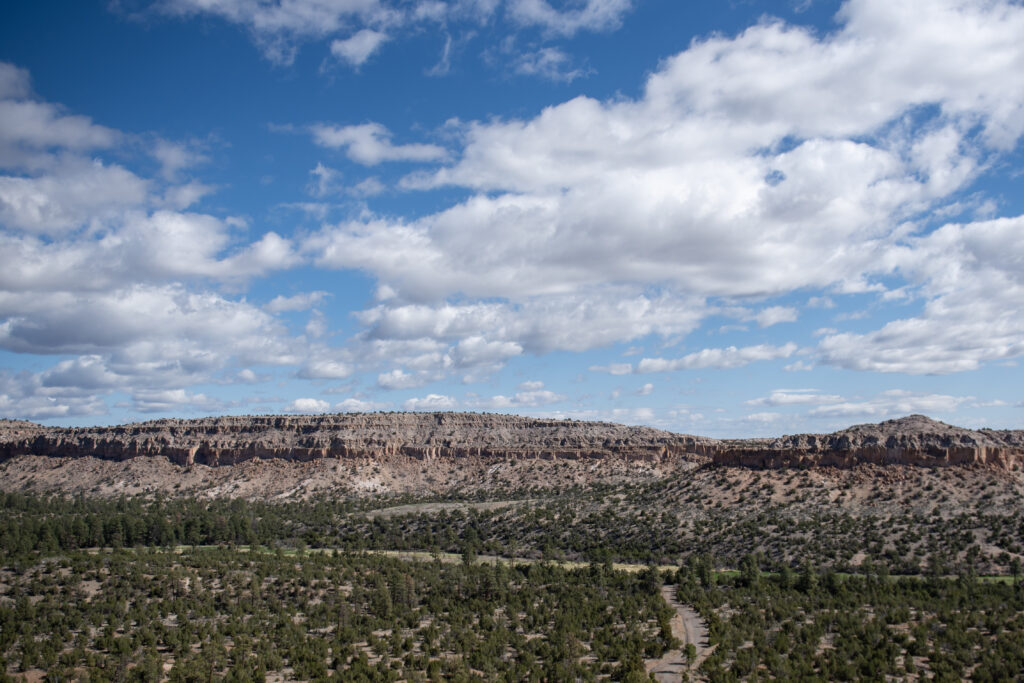

Part of the reason Los Alamos was selected for the Manhattan Project was because of its remote location nestled in the mountains. This provided a natural barrier and heightened security for classified research. What is often overlooked, however, is that it also provided a beautiful backdrop. I couldn’t help but be amazed by the scenery on the drive into Los Alamos and on the drive back to Santa Fe. This was truly a remarkable location to live and work, even if that work entailed creating the atomic bomb.
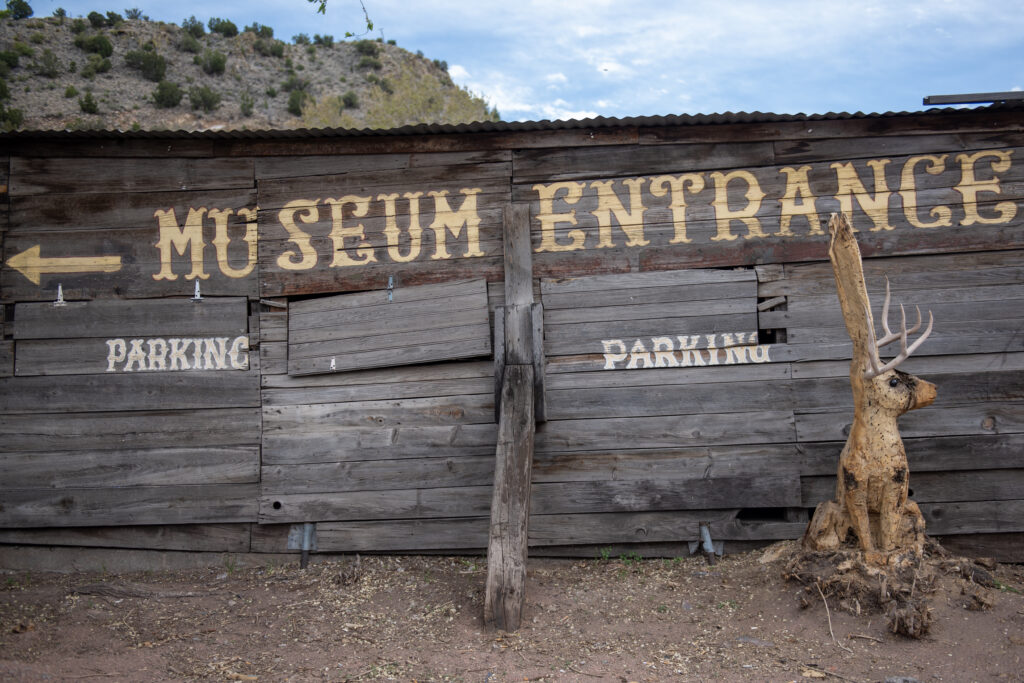


In the afternoon, we visited Madrid, a historic mining town not far from Santa Fe and nestled in the mountains. Originally established in the 19th century as a coal mining settlement, it experienced periods of boom and bust as the mining industry fluctuated over the years. In the mid-20th century, the town’s population declined as mining operations dwindled, but it experienced a revival in the 1970s when it attracted artists and craftsmen seeking an alternative lifestyle.
Personally, I really liked Madrid compared to some of the other artist communities I’ve visited. Mainly, there just wasn’t the level of obvious drug abuse I’ve unfortunately become so accustomed to seeing elsewhere. It was refreshing.
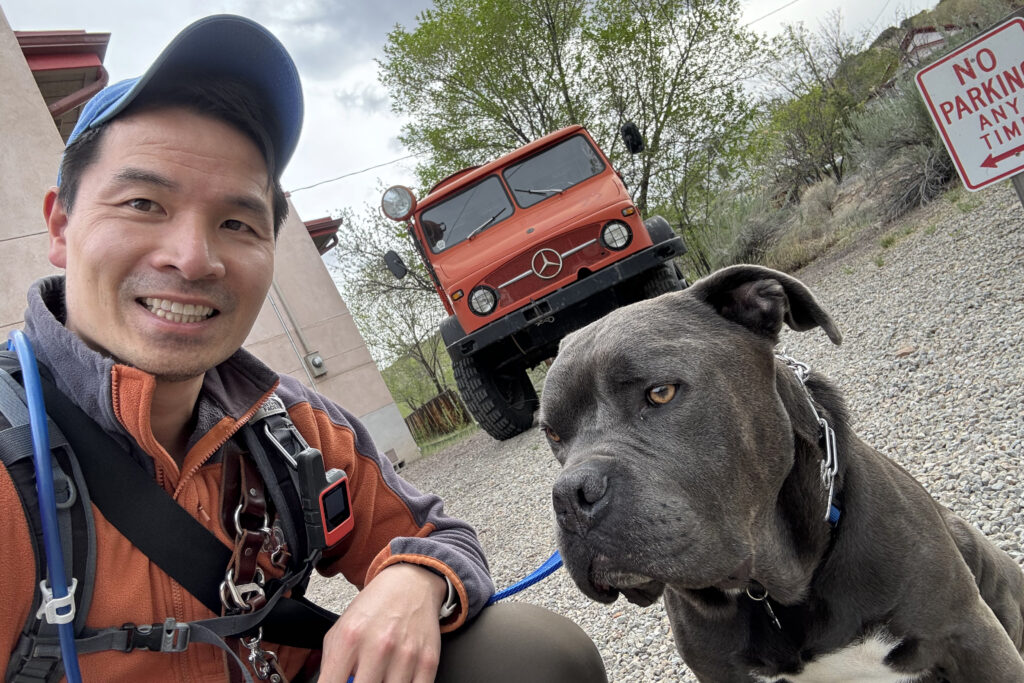
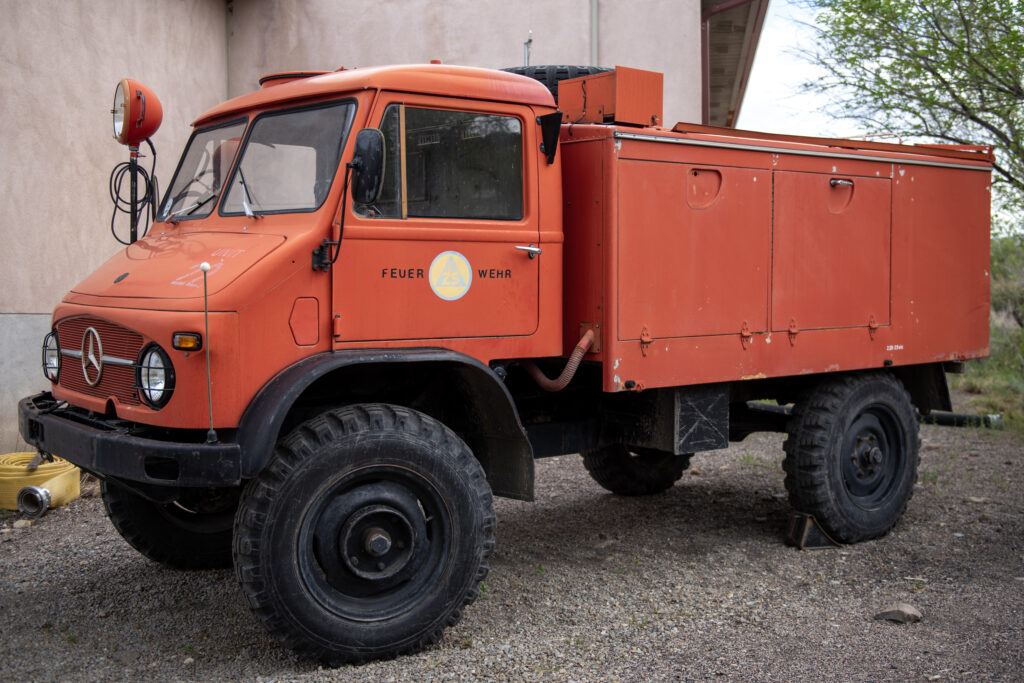
Finally, I discovered this Unimog behind the local Madrid fire station. I’ve been fortunate to ride one of these in the past (one of the outdoor adventure vendors we used in New Zealand used a new Unimog to cart guests around), and since then, I’ve joked with Jean that this is what we need for us to live our dream of living off the grid! This is mainly my dream, but something I hope to eventually convince Jean to share with me. Until then, it’ll just be a dream… and these photographs!


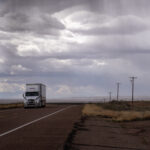

Comments are closed.